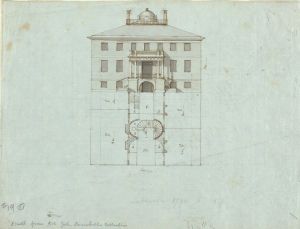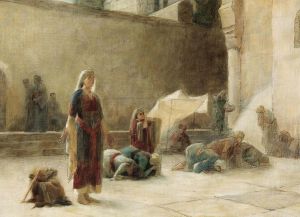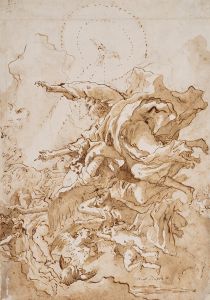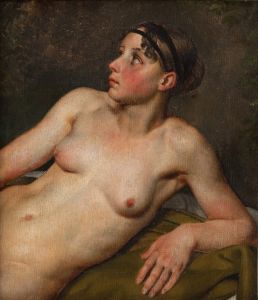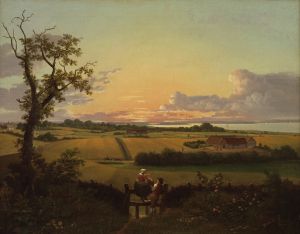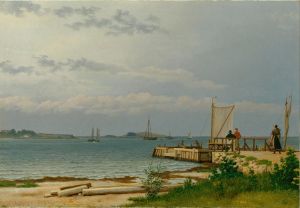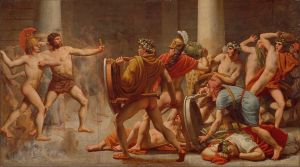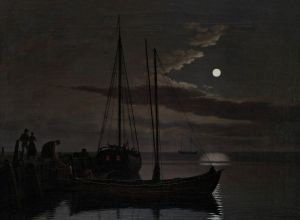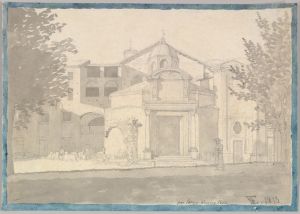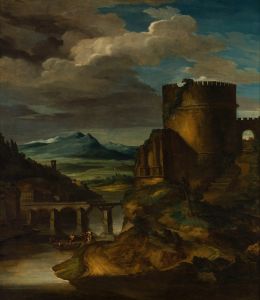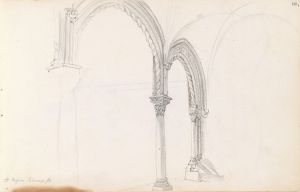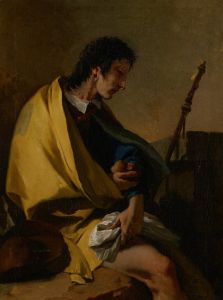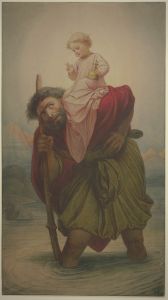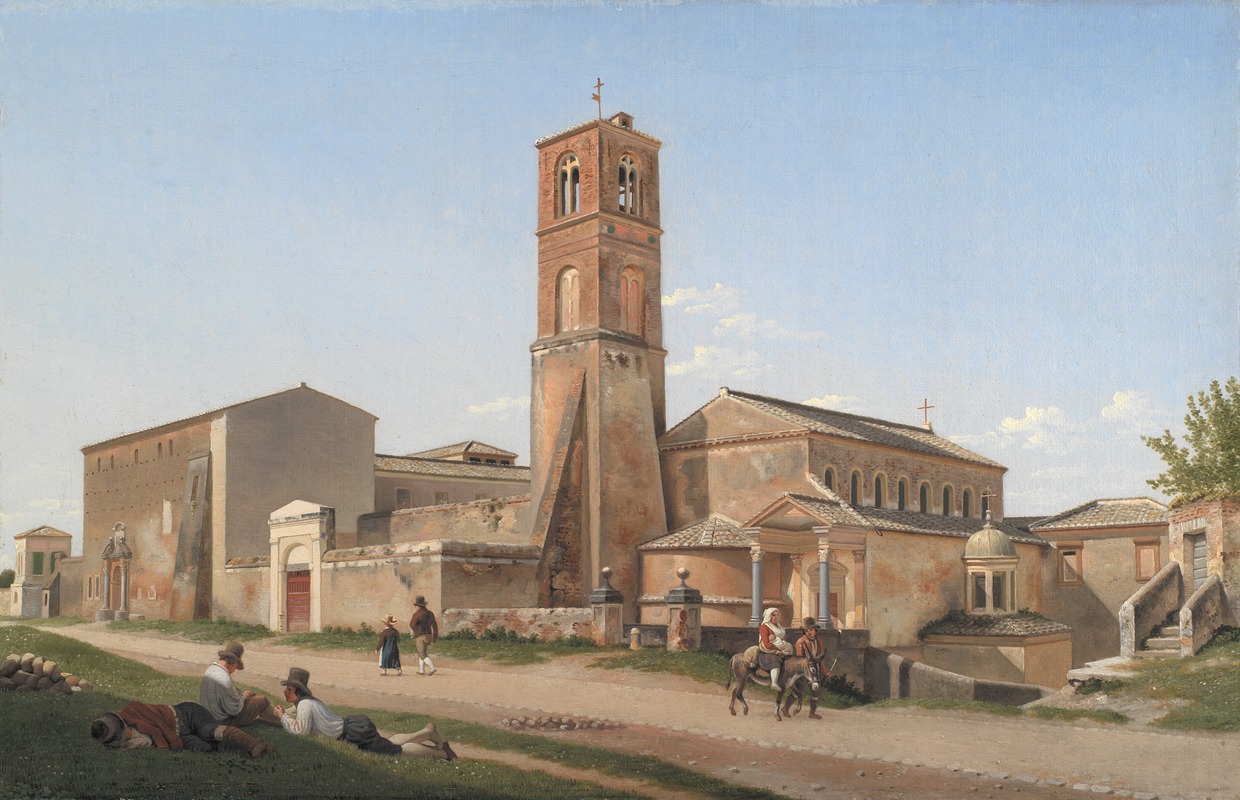
Sant’Agnese fuori le mura, Rome
A hand-painted replica of Christoffer Wilhelm Eckersberg’s masterpiece Sant’Agnese fuori le mura, Rome, meticulously crafted by professional artists to capture the true essence of the original. Each piece is created with museum-quality canvas and rare mineral pigments, carefully painted by experienced artists with delicate brushstrokes and rich, layered colors to perfectly recreate the texture of the original artwork. Unlike machine-printed reproductions, this hand-painted version brings the painting to life, infused with the artist’s emotions and skill in every stroke. Whether for personal collection or home decoration, it instantly elevates the artistic atmosphere of any space.
Christoffer Wilhelm Eckersberg, a prominent Danish painter, is often referred to as the father of Danish painting. He played a crucial role in the development of the Danish Golden Age of painting in the first half of the 19th century. One of his notable works is "Sant’Agnese fuori le mura, Rome," which captures the essence of his time in Italy and his dedication to capturing architectural beauty with precision and clarity.
Eckersberg was born in 1783 in Blåkrog, Denmark, and he studied at the Royal Danish Academy of Fine Arts in Copenhagen. His artistic journey took a significant turn when he traveled to Paris in 1810 to study under the renowned French neoclassical painter Jacques-Louis David. This experience greatly influenced his style, emphasizing clarity, composition, and the importance of drawing.
In 1813, Eckersberg embarked on a pivotal journey to Rome, a city that was a magnet for artists of his time. Rome offered a wealth of inspiration with its rich history, classical architecture, and vibrant artistic community. During his stay, Eckersberg became deeply interested in the city's ancient ruins and churches, which became frequent subjects of his work.
"Sant’Agnese fuori le mura, Rome" is one such painting that reflects Eckersberg's fascination with Roman architecture. The church of Sant’Agnese fuori le mura, located on the Via Nomentana, is an ancient basilica built over the catacombs where Saint Agnes, a young Christian martyr, was buried. The church is renowned for its historical significance and its architectural features, which include a blend of early Christian and medieval styles.
Eckersberg's painting of Sant’Agnese fuori le mura is characterized by his meticulous attention to detail and his ability to capture the serene and timeless quality of the structure. His use of light and shadow enhances the three-dimensionality of the architecture, while his precise lines and careful composition reflect his training under David and his commitment to neoclassical ideals.
The painting not only showcases Eckersberg's technical skill but also his ability to convey a sense of place and atmosphere. Through his work, viewers are transported to the tranquil setting of the church, allowing them to appreciate its historical and architectural significance. Eckersberg's depiction of Sant’Agnese fuori le mura is a testament to his ability to blend artistic beauty with historical accuracy, a hallmark of his work throughout his career.
Eckersberg's time in Rome was instrumental in shaping his artistic vision, and his paintings from this period are considered some of his finest. Upon returning to Denmark, he became a professor at the Royal Danish Academy of Fine Arts, where he influenced a generation of Danish artists. His legacy is evident in the works of his students and the continued appreciation of his contributions to Danish art.
"Sant’Agnese fuori le mura, Rome" remains an important piece in Eckersberg's oeuvre, reflecting both his personal artistic journey and the broader cultural exchanges between Denmark and Italy during the 19th century. Through this painting, Eckersberg not only documented a significant historical site but also contributed to the rich tapestry of European art history.





